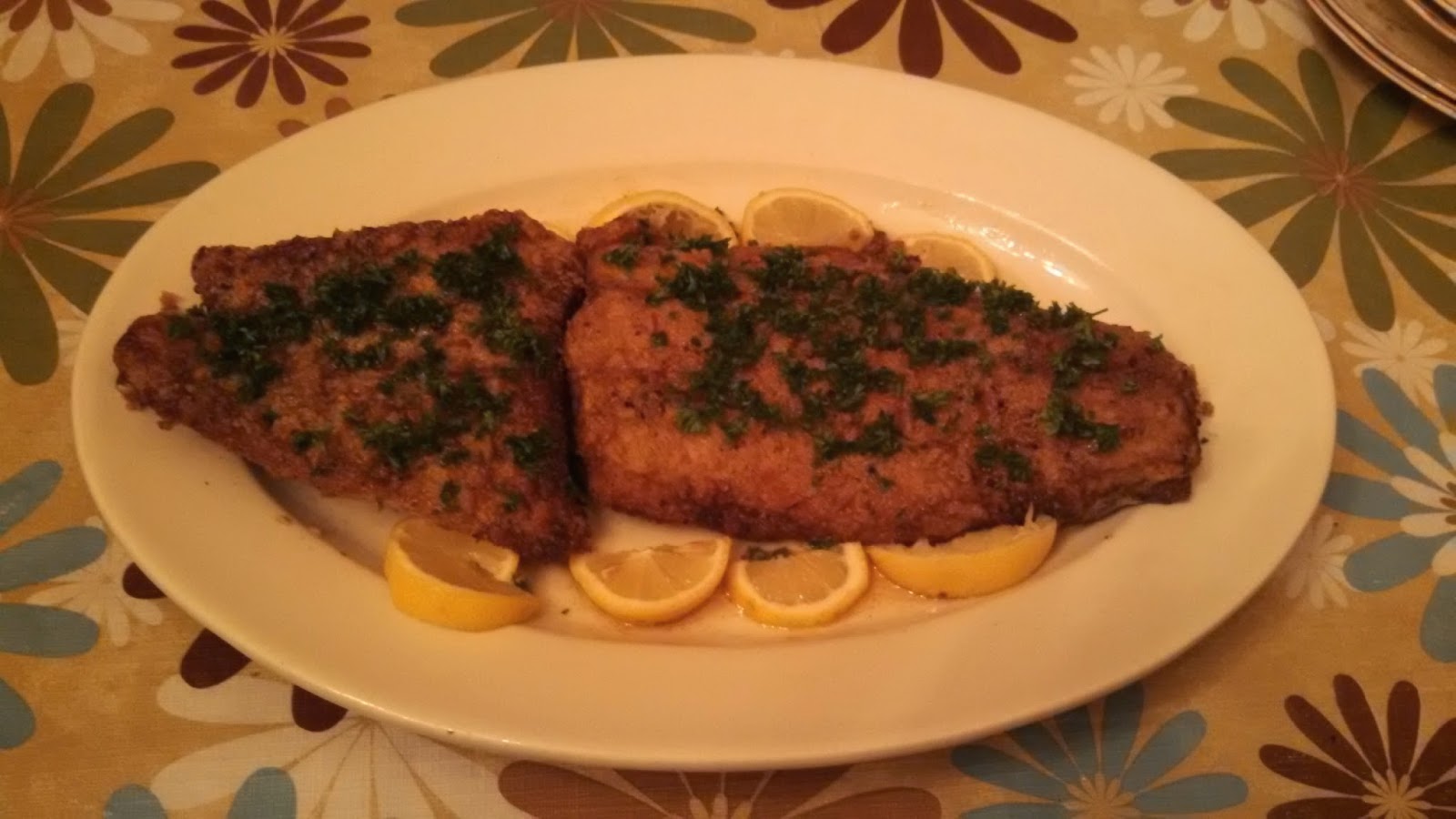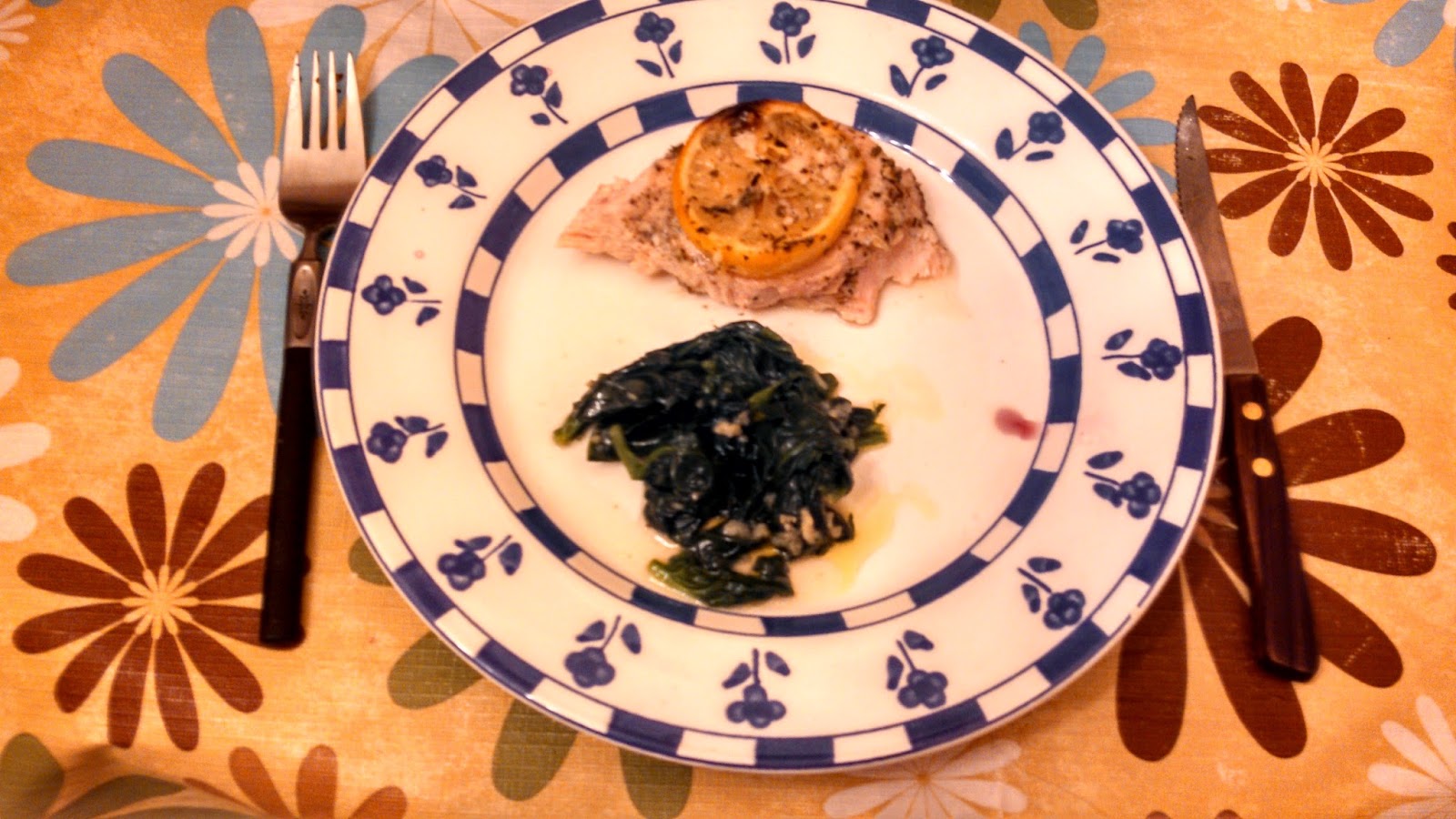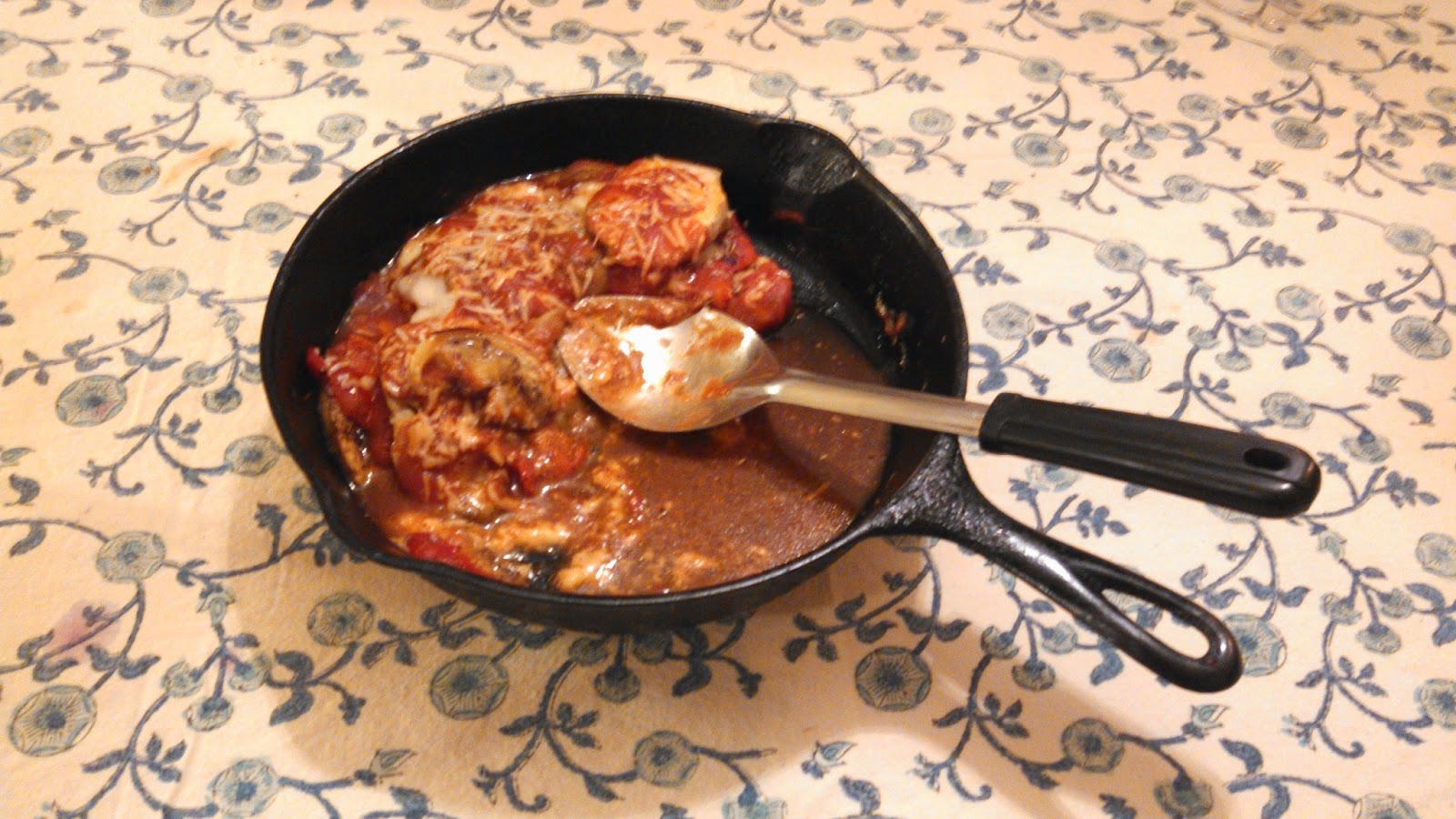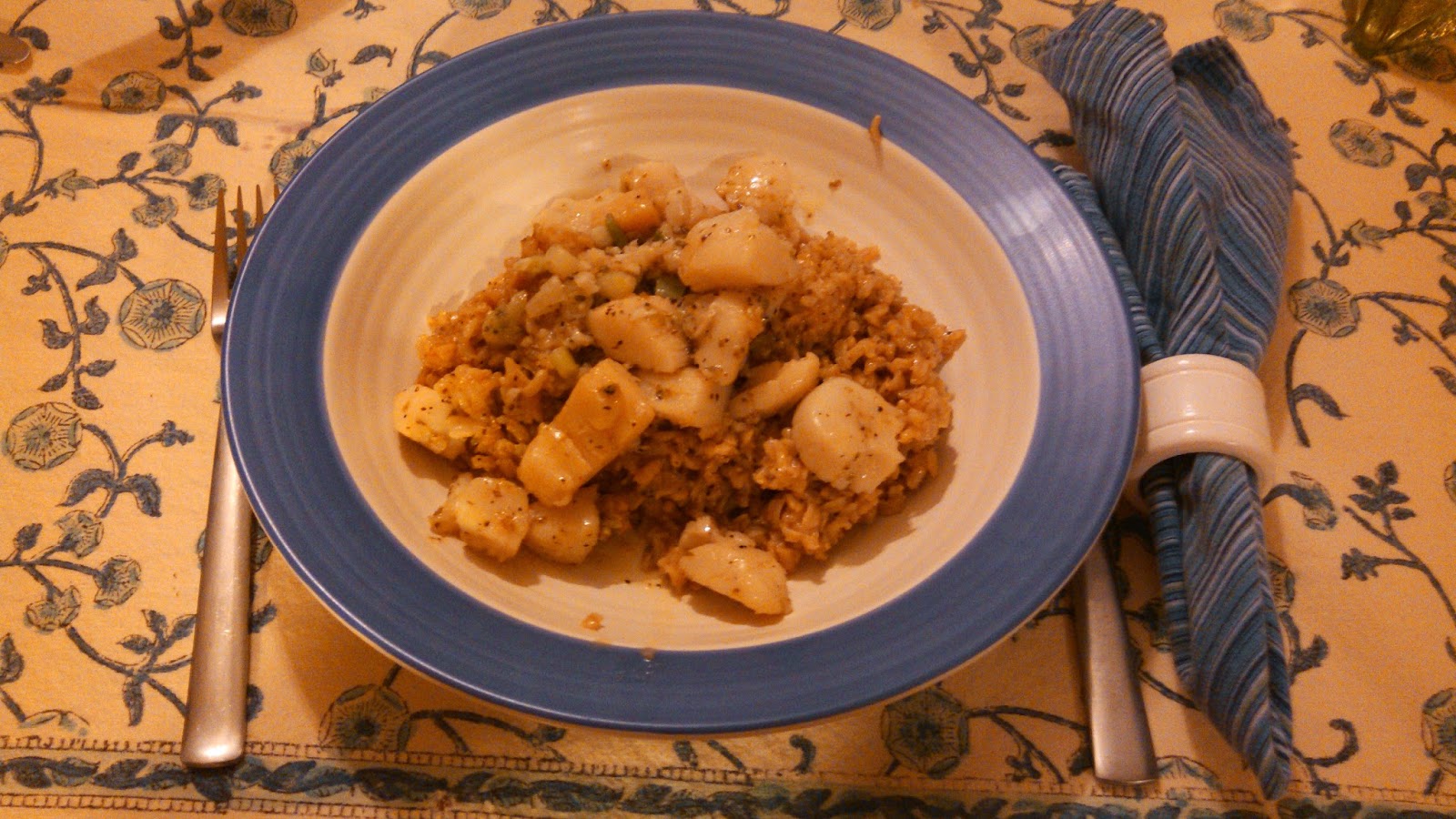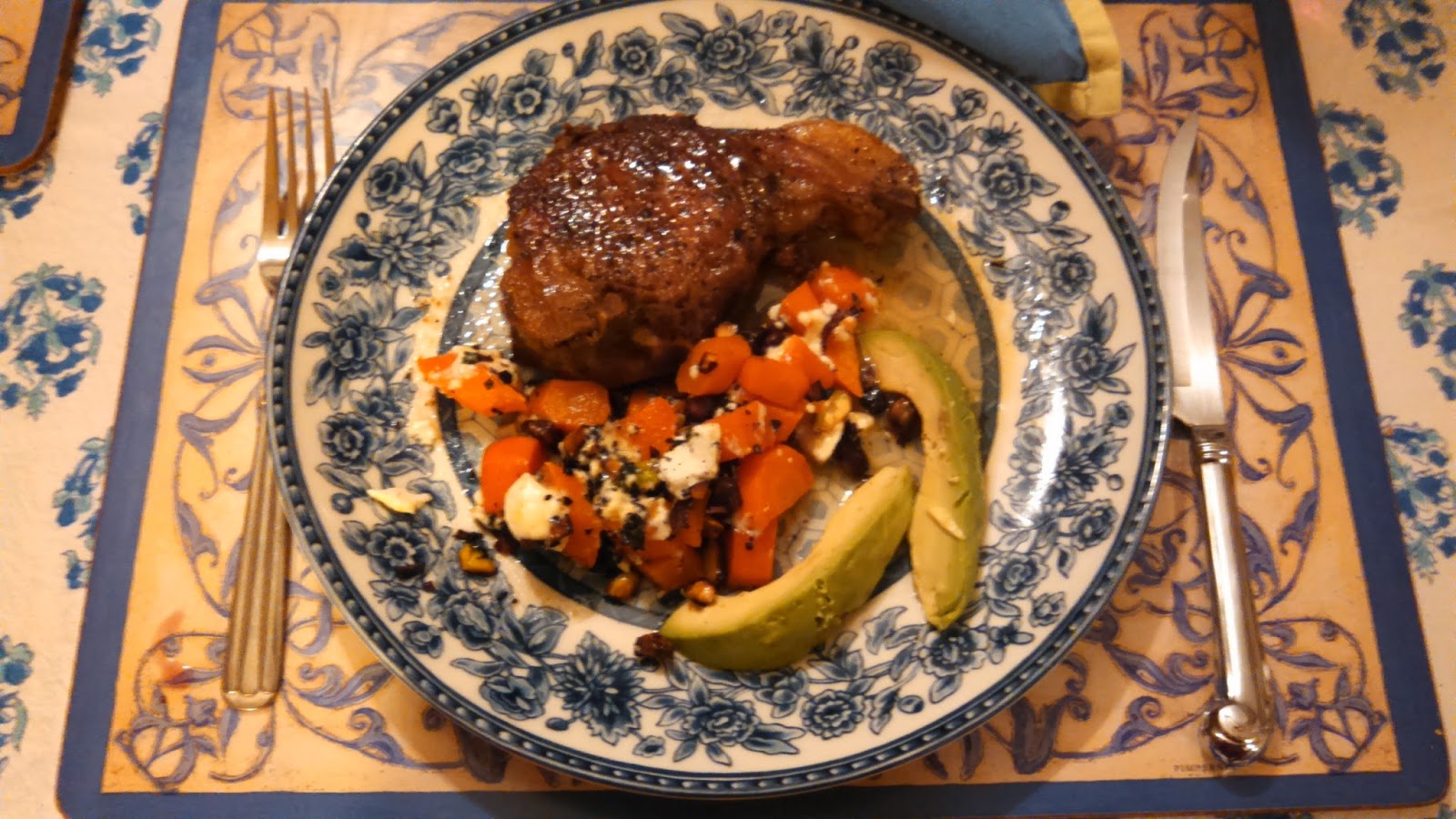I’m always on the lookout for easy ways to cook fish, especially fish fillets And one the most convenient, economical ways is what is called “Meunière” style. This is a classic method where the fish is dusted with flour, then sauteed in butter until crisp and golden. The whole thing is finished with brown butter, a sprinkle of parsley, and garnished with lemon. “Meunière” translates as “miller’s wife.” Presumable, in the old days, a miller’s wife would dredge the fish in flour before cooking it. This type of cooking usually applies to mild flavored fish such as halibut and sole. But it also works with any lean fish such as cod, haddock, and tilapia.
Recently I tried this dish with a more firm flavored fish, red snapper. And it came out pretty good. If figures since one can cook a whole fish, normally trout, and you get that famous combination: trout meunière. Red snapper has a more pronounced flavor, and it goes will with the flour and brown butter. Served with boiled potatoes and/or grilled tomatoes, and you got a winner.
RED SNAPPER MEUNIÈRE
4 red snapper fillets
Salt and freshly ground black pepper to taste
1/2 teaspoon oregano
1/2 teaspoon garlic powder
1/2 cup milk
1/2 cup flour
1/2 cup olive oil, vegetable or peanut oil
Juice of 1/2 lemon
6 thin slices lemon, for garnish
2 tablespoons butter
2 tablespoons fresh chopped parsley
1. Rinse the fillets under cold running water and pat dry with paper towels.
2. Sprinkle with salt, pepper, oregano, and garlic powder.
3. Place fish in a dish large enough to hold in one layer. Pour milk over fillets.
4. Dredge fillets on both sides with the flour. Shake off any excess.
5. Heat oil in a large skillet and add the fillets. Brown nicely on medium-low heat on one side about five minutes and turn. Continue cooking until fish is cooked through (about 5-8 minutes).
6. Transfer the fillets to a serving dish, and sprinkle with the lemon juice. Garnish with the lemon slices.
7. Quickly wipe the skillet clean with paper towels. Add the butter and cook, swirling it around, until it has a hazelnut brown color (what is known as a beurre noisette). Pour this over the fish. Sprinkle with parsley and serve.
Yield: 4 servings.
